For example, an exceptionally prevalent misconception is that Microsoft PKI delivers automated certificate management. While Microsoft PKI is a solid foundational element for digital trust, it does not automate Certificate Lifecycle Management. Accutive Security advises its security clients that PKI and CLM are essential to any robust security architecture. At this point, you may be asking – if PKI and CLM are different, what is the difference between them? Two key words provide a hint – Infrastructure versus Management.
Would you operate a library without a librarian?
If not – why would you have PKI without CLM? PKI is a structured environment for generating, storing, accessing, and sharing digital certificates and related cryptographic keys. Usually, the PKI is also backed by a Hardware Security Module (HSM) to secure the cryptographic material. This framework helps ensure that only authorized users can generate and access certificates. PKI is the infrastructure that houses and provides certificates. In this way, PKI is akin to a library that provides and lends books.
Conversely, CLM manages the certificates’ lifecycle within the PKI framework by orchestrating certificates’ creation, issuance, renewal, and revocation. Where PKI is the library where certificates and keys are housed, CLM can be considered the librarian who orchestrates and ensures that these certificates remain functional. For adequate security, both a solid framework, PKI, and robust lifecycle management, CLM, are critical.
Public Key Infrastructure (PKI): The Library
As the infrastructure, PKI is the central library for storing or issuing various certificates that users and devices can check out. Although PKI issues these certificates to establish identities, as the library, it does not actively manage what happens to the certificates once they are checked out, to whom, for how long, and for what purpose. Like a library without a librarian, it’s easy to see how certificates could be mismanaged if you solely rely on PKI. A librarian can coordinate lending between different branches or library systems, and access books that are not physically stored within the given library. Similarly, the PKI does not know about other PKIs that might be used ( other libraries) by the organization in other locales, as a given city ( company) might be using multiple internal PKIs, CA, and multiple external ones.
Certificate Lifecycle Management (CLM): The Librarian and their Management System (LMS)
CLM mitigates the risks posed by unmanaged certificates. Like a librarian and their software to track books, CLM actively manages the lifecycle of the certificates by ensuring they are used according to your organization’s security policies. In that they discovery and know about all existing books and any new ones that are issued, they know when a book that was checked out is about to expire and allow for renewal of the book and automate the entire book lifecycle down to revoking it from the library system For example, as a librarian may block borrowers from checking out too many books at once, or checking out books indefinitely or blocking certain books for certain age groups. In the same way, a CLM can block certain types of certificates like wildcard certs in accordance with your policies. Fundamentally, CLM keeps your library organized and secure through dynamic management, including discovering and cataloging new certificates in real-time, managing certificate renewal and installation, and automating tohis preventing outages, and preventing blocking accidental expirations or revocations.
PKI: Foundational Pillars for a Secure Enterprise
PKI represents a comprehensive framework encompassing hardware, software, policies, and procedures vital for the management, issuance, and revocation of digital certificates and cryptographic keys. It stands as the backbone for public-key cryptography, ensuring the authenticity and trustworthiness of digital certificates, thereby bolstering secure user identification and information encryption. This structured system comprises various components such as Certificate Authorities (CAs), Registration Authorities (RAs), Certificate Revocation Lists, and Directory Services to name a few. Ideally, this system is augmented by Hardware Security Modules (HSMs).
The primary objective of PKI is to facilitate secure certificate issuance for the following:
- Authentication:Proving identity to other machines, services, or individuals online.
- Encryption:Protecting information in transit (e.g., emails, online transactions) or at rest to ensure confidentiality.
- Digital Signatures:
- Ensuring the integrity and non-repudiation of digital messages and documents by verifying that they haven’t been altered after signing.
- Secure Email (S/MIME):Encrypting and signing email messages for secure communication.
- Code Signing:Confirming the authenticity and integrity of software code and applications to protect users against tampered software.
- Secure Web Communications (SSL/TLS):Establishing secure sessions between web browsers and servers to safeguard sensitive data exchange.
- VPN Access:Authenticating users and devices for secure access to private networks over the internet.
- Smart Card Authentication:Using certificates stored on smart cards for user authentication within a network.
- Wireless Authentication:Using certificates for secure access to wireless networks and ensuring the network and user credentials are valid.
CLM: Critical Management and Maintenance to Keep Your Foundation Intact
Contrary to PKI’s breadth, incorporating Certificate Lifecycle Management (CLM) with the ability to discover, enforce policy, and automate processes, here are the stages of a certificate’s lifecycle, enhanced by CLM capabilities:
- Discovery:Automated tools scan the network to identify all existing digital certificates and their status.
- Key Pair Generation:Secure generation of a private and public key pair for the certificate requestor.
- Certificate Signing Request (CSR):Automated creation of a CSR with the entity’s public key and identity details.
- Policy Enforcement:Before submission, policies are applied to ensure CSR compliance with organizational standards.
- Submission:CLM tools submit the CSR to a Certificate Authority (CA) with minimal human intervention.
- Validation and Policy Check:The CA validates the request, and CLM tools ensure all certificate issuance adheres to organizational policy.
- Issuance:The CA issues the certificate, and CLM tools handle the retrieval and installation process.
- Installation and Configuration:Automated installation of certificates across required systems with proper configuration settings.
- Operational Monitoring:Continuous monitoring of certificate health, usage, and compliance with policies.
- Expiration Notification and Auto-Renewal:Automated alerts for impending certificate expirations with options for auto-renewal or rekeying.
- Revocation:In case of a security breach, CLM enables quick revocation and updates across affected systems.
- Decommissioning and Archiving:Post-expiration, certificates are decommissioned, with CLM assisting in the archival process for auditing.
With CLM, the entire process is streamlined to reduce the administrative burden, minimize the risk of outages due to expired certificates, and enhance the security posture of the organization by ensuring consistent policy enforcement and rapid response to potential threats.
Intertwined with security, CLM navigates the operational aspects of digital certificates, ensuring they remain active, up-to-date, and correctly configured. This is essential to averting certificate outages as the organization expands, a challenge that Accutive Security’s Certificate Management & Machine Identity Management service is often called in to address. From experience, we can attest that it is ideal to proactively prevent certificate outages through robust CLM, rather than fixing outages after they occur.
CLM employs specialized software solutions, serving as a management layer within the broader PKI framework, rather than supplanting it. Its hallmark is the ability to actively monitor and alert on certificate status, with custom reports facilitating compliance with organizational or regulatory requisites concerning digital certificates.
Summary
Discerning the distinctions between PKI and CLM is crucial for devising an effective security strategy. While PKI establishes the foundational architecture for digital security, CLM concentrates on proficiently managing digital certificates within that framework. Essentially, CLM can be perceived as an integral subset of a broader PKI approach.
For organizations aspiring to enhance their security posture, both PKI and CLM are indispensable. Learn more about Accutive Security’s diverse service offerings in the domains of PKI and CLM to help your organization navigate the intricate waters of digital security and minimize your risk.


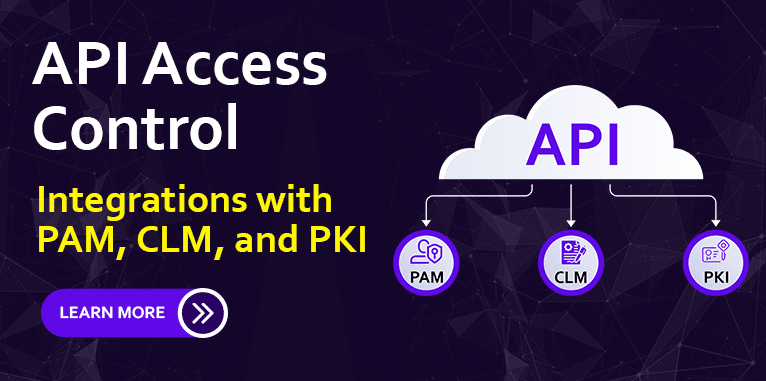


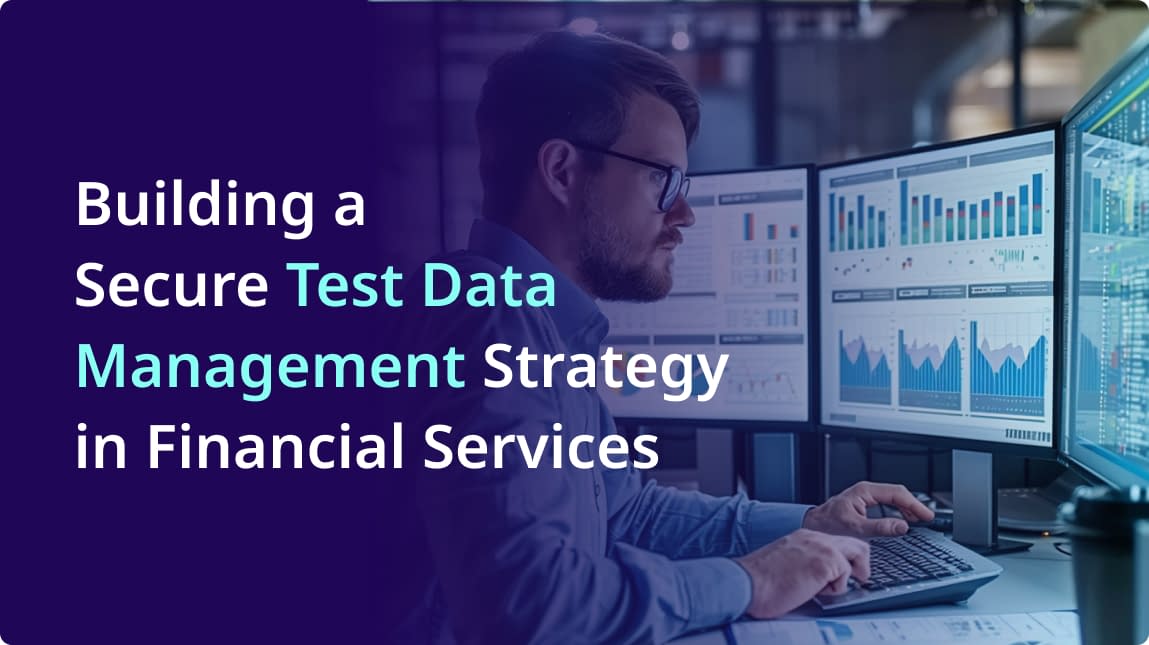
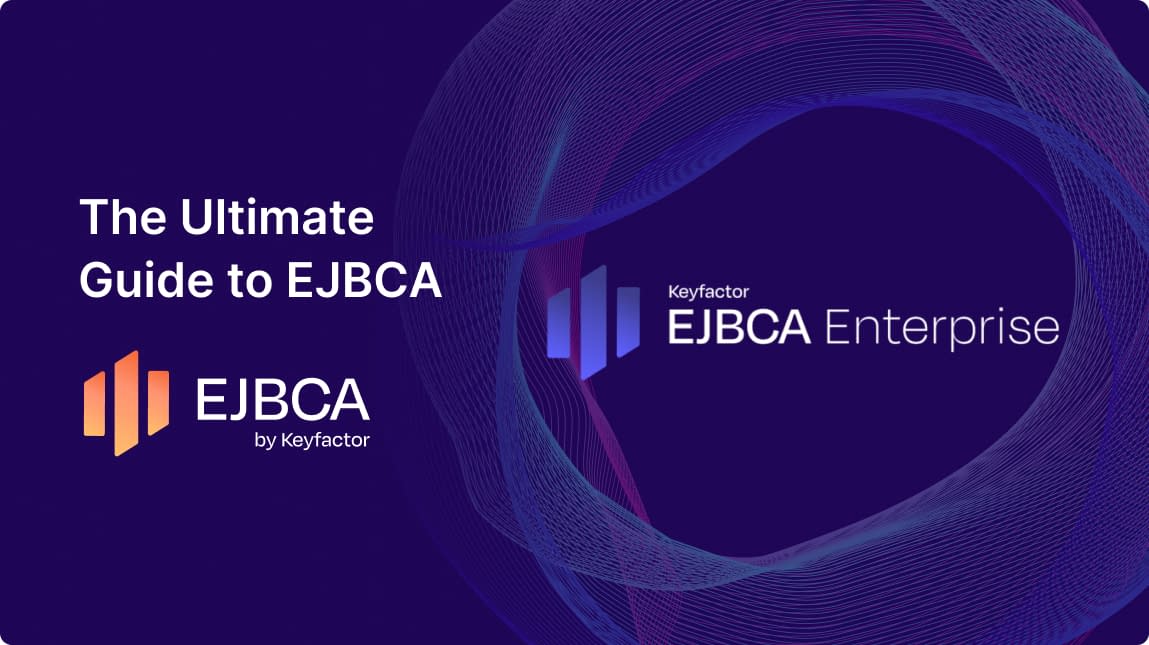
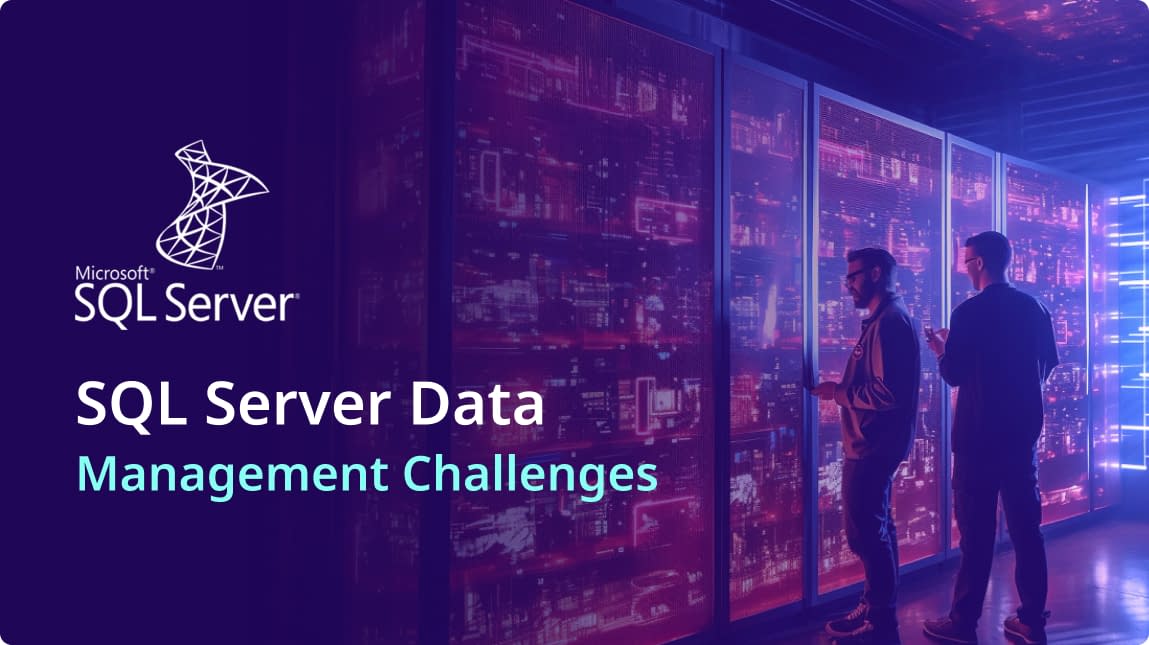
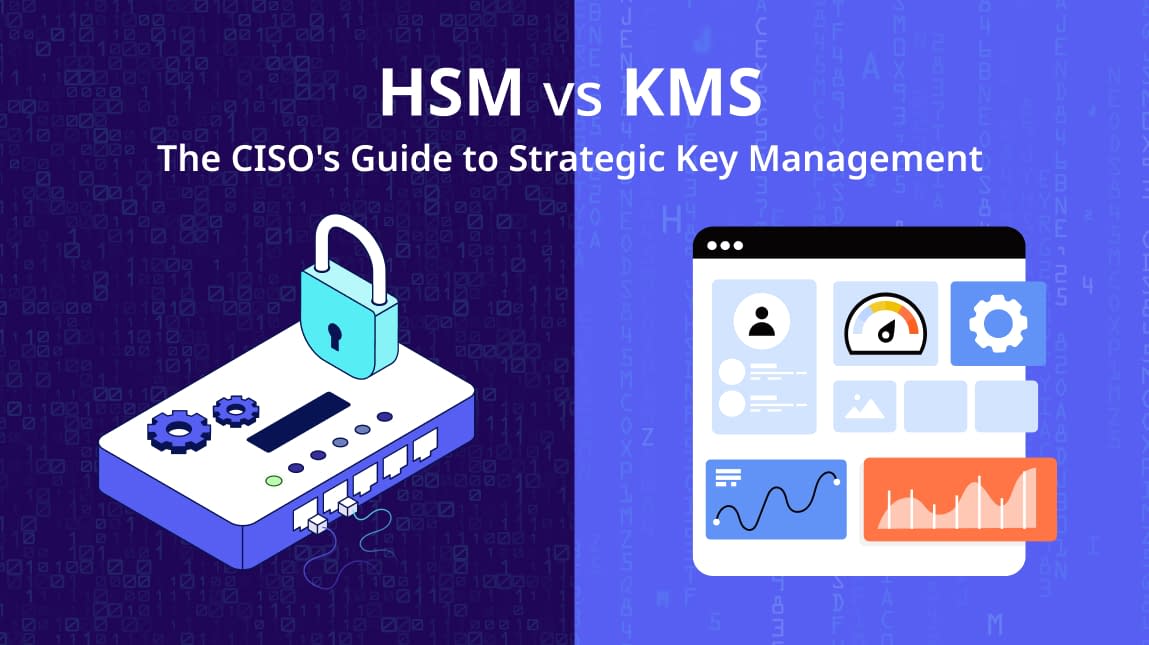



Comment